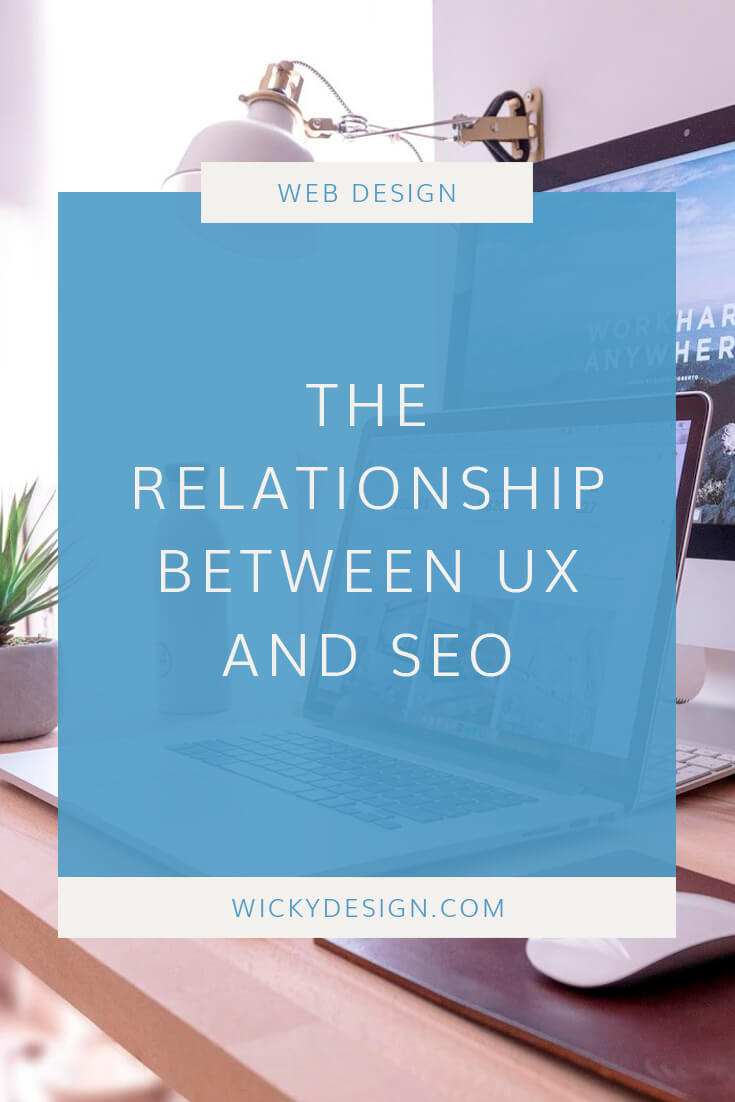This is a guest post by Emma Miller of bizzmarkblog.com.
Traditionally, you could rank high just by stuffing your pages with a bunch of spammy keywords. However, these practices are not acceptable anymore.
2019 is just around the corner and we simply cannot observe SEO through the keyword research and link building lenses anymore. Instead, we need to focus on user experiences, understand how they interact with our content, and make sure our websites meet their expectations.
So, let’s see how SEO impacts UX and vice versa.

SEO in the Era of RankBrain
Google is all about user experience. And, its RankBrain backs me up on that.
Rolling it out in 2015, the Big G brought user experience to the forefront of SEO. The SEO Terms Glossary by Four Dots, an SEO agency from New York, defines Rank Brain as “a machine learning powered part of the Google’s search algorithm, claimed to be one of the most important ranking factors.”
It focusses on behavioral metrics like your organic CTR, dwell time, pages per session, and the bounce rate. These are all indicators that tell Google whether your site is valuable, relevant, and friendly to your users.
For example, if someone spends 10 minutes reading your content, switching from one page to another, and visits your site again and again, this is a clear signal that they like your site. If, on the other hand, a visitor ditches your site immediately, without taking any additional action, this tells Google that it’s either the quality of content or poor user experience that drives people away. This may hurt your SEO efforts on multiple levels, from your rankings and traffic to lead generation and conversion rates.
UX and SEO Go Hand in Hand
I’ve already mentioned that the rules of the SEO game have changed. Today, to level the playing field, you need to understand your searchers and tailor your SEO efforts to them.
Now, doing on-page SEO, creating click-worthy content, and building links on authoritative sites boosts your online exposure and drives more clicks and organic traffic. However, just getting people to land on one of your pages is not enough. No matter how quality your website content is, if it’s difficult to find and follow, your visitors will soon lose interest.
Simply put, you need to make your visitors’ buyer journeys smooth, from the moment they land on your page until they make a purchase. No matter how fair it is, people determine your site’s credibility and relevance by its overall appeal.
That’s where UX design steps in. It lets users find your pages easily and makes your content easier to follow. Most importantly, it impacts your branding efforts. Every element of your website design, from your anchor text to the choice of colors, impacts people’s perceptions of your site, engages them, and helps them decide whether to convert or not.
Making UX and SEO Work Together
Given the examples mentioned above, it’s obvious that SEO and UX are basically two sides of the same coin. This is something you shouldn’t forget when building and optimizing your site. Here are a few fundamental tactics that will help you align UX with your SEO goals.
1. Encourage clicks.
SEO is not just about high rankings. It’s about getting people to click on your result, too. You need to make sure that your listings capture people’s attention, intrigue them, and encourage them to click on your results rather than others.
Start by optimizing your title tags, meta descriptions, and URLs. These are the first things a searcher sees in the SERPs. That’s why they need to be catchy, authentic, and informative. Optimize them for your major keywords, but never forget that these elements need to be valuable to the people reading them.
2. Keep things consistent.
There is something about your page that inspired a searcher to choose it over your competitors. Your goal is to find out what that “something” is and try to meet people’s expectations once they land on your site.
- Make sure your logo is prominent and easy to understand.
- No matter if you write 500- or 3000-word articles use headings to break up your text into smaller, easily digestible chunks.
- Keep your website navigation simpleand logical to help users find what they’re looking for faster.
- Create content that clearly answers users’ questions and make it easier to follow. Leave loads of white space, choose legible fonts, use headings and visual content to make it easier to follow.
- Include clear calls to action to guide your visitors and inspire them to convert.
3. Boost your website speed.
Your page speed impacts user experience greatly and that is why Google uses it as one of the major ranking factors. In 2018, it even became a ranking signal in mobile SEO. You need to test it and improve it continually. Start by compressing images, choosing fast servers, and investing in a reliable CDN to make your site faster.
4. Invest in a responsive website design.
Statistics say that there will be 2.87 smartphone users by 2020. Moreover, to meet the needs of its mobile users, Google rolled out mobile-first indexing, meaning that it now indexes the mobile version of your site. So, not investing in a responsive design that addresses your users’ needs, irrespective of their devices, can hurt both your UX and SEO. This is yet another field where SEO and UX overlap.
Over to You
Some of the examples mentioned above, such as Google’s RankBrain or Mobile-First Index prove that SEO and UX are two inseparable aspects of your online presence. SEO addresses search engines, while UX caters to your audience. However, they’re constantly intertwining. Above all, they share a common goal- providing exceptional user experiences.
About The Author
 Emma is a digital marketer and blogger from Sydney. After getting a marketing degree she started working with Australian startups on business and marketing development. Emma writes for many relevant, industry related online publications and does a job of an Executive Editor at Bizzmark blog and a guest lecturer at Melbourne University. Interested in marketing, startups and latest business trends.
Emma is a digital marketer and blogger from Sydney. After getting a marketing degree she started working with Australian startups on business and marketing development. Emma writes for many relevant, industry related online publications and does a job of an Executive Editor at Bizzmark blog and a guest lecturer at Melbourne University. Interested in marketing, startups and latest business trends.




